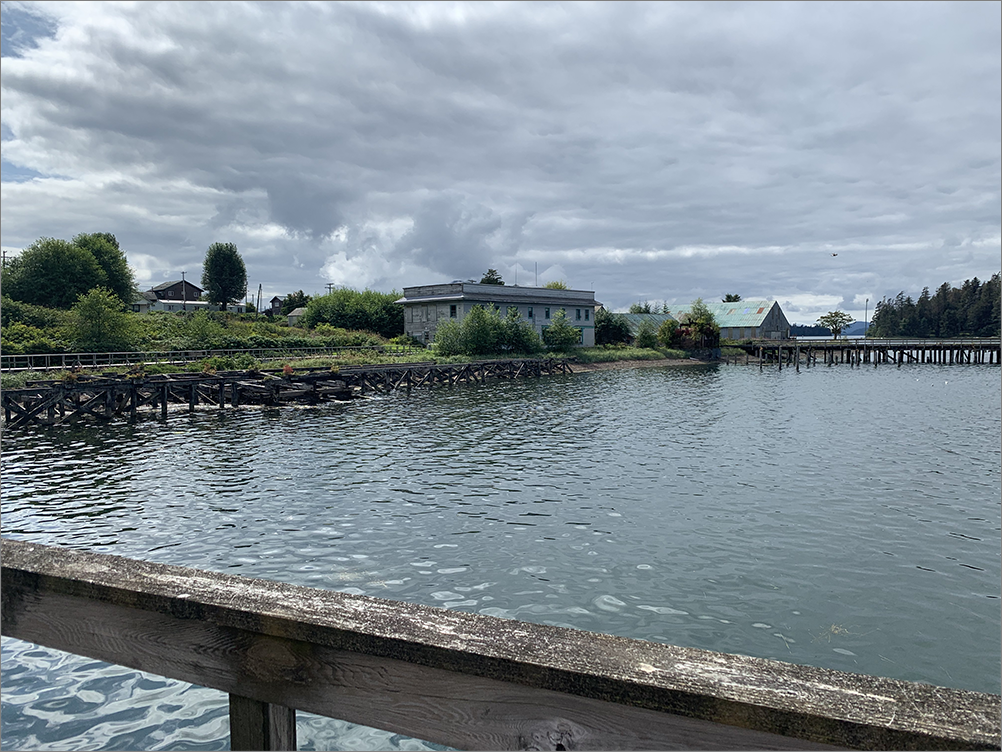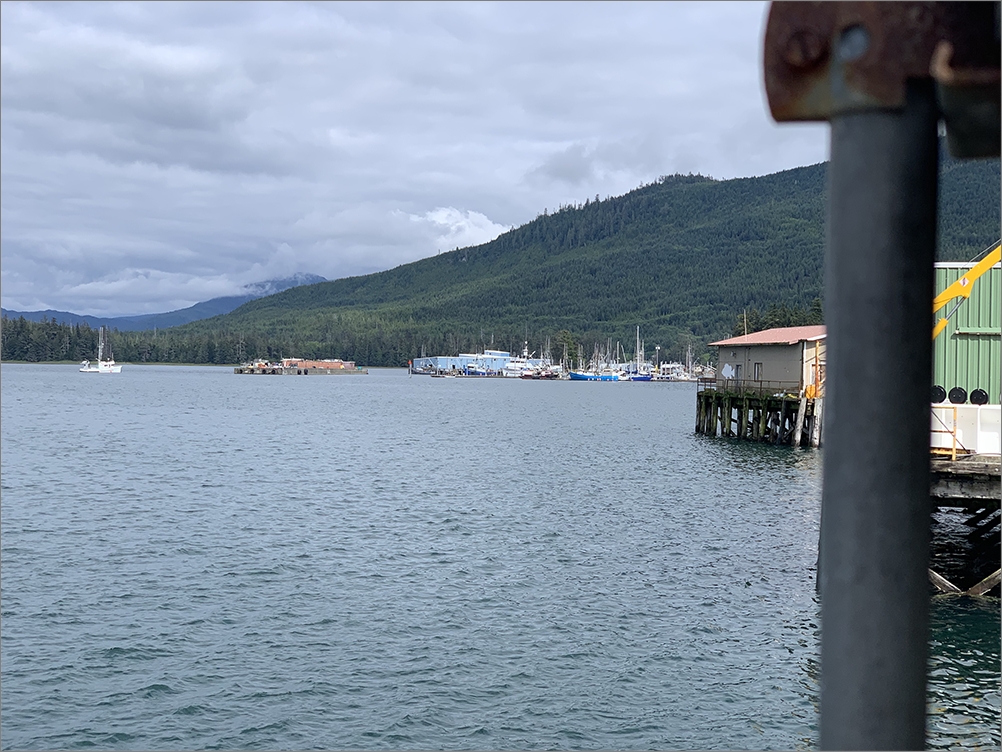Despite the thought that John Peel’s failed polygraph made him “the prime suspect” in the Investor murders, Sergeant Stogsdill returned to Craig the following month, in April 1984. He arrived with a dive team and the notion that they’d find something important if they looked over by the cannery docks. Put simply, they needed more evidence linking John Peel to the crime.

Two years previous, a dive team looked in the waters off the Cold Storage dock. They found nothing, but Stogsdill had reason to hope. At least two people had seen the skiffman carrying a box when he got off the Investor’s skiff. If that skiffman was John Peel, they figured that box held drugs. And if he’d just killed eight people, they reasoned he’d want to get rid of it. That was why Stogsdill had another trooper searching the foot path leading from the Cold Storage plant to North Cove. Maybe the killer had dumped it there.

Stogsdill’s main reason for being in Craig, however, was a young woman by the name of Robin Thomas. She was Peel’s estwhile girlfriend the summer of the murders. She was one of his potential alibi witnesses. Stogsdill figured she could tell him a great deal. The question was how best to approach her. After months of non-denial denials from all manner of witnesses, the trooper wanted to hear the truth. And after his latest experience in Bellingham, where witnesses seemed to shade their statements, he was also a little wary.
What Stogsdill decided was to present Robin with allegations. False allegations. He would walk the court-drawn line of allowable misdirection [1]. He wanted to see how his ex-girlfriend reacted. “Things have gotten pretty serious lately,” he told Thomas at the beginning of their interview. “It looks like John Peel might be responsible for those killings up here.”
The trooper took a second to let it sink in. And then he said, “You know, Mr. Peel’s used you as some kind of alibi. He said that you and him were together Sunday afternoon, and in fact you guys were on board the Investor that evening, smoking dope with those guys.”
‘”That’s a lie,” she said firmly. “I’ve never been on the Investor in my life.”
”Well, Mr. Peel told us that Mark came back — Mark Coulthurst, the skipper — and you couldn’t… The room was full of smoke and marijuana and stuff and he asked you guys to leave.”
“I don’t even smoke the stuff myself,” Robin answered.
“John is our number one suspect,” the trooper confided. Again he paused to let the seriousness of his words take effect. “And the fact that he was with you, I guess, that summer is no secret, you know. That you and him saw each other periodically. He said that he was with you that night, although he had lied to us originally and said that he had gone to bed real early Sunday night. But he changed his story later on and said that you and he were aboard the Investor.” Stogsdill was making this part up, the part about Peel changing his story. He was still trying to get Peel’s ex-girlfriend to bite.
”Is that the way it happened?” Stogsdill asked.
Robin Thomas shook her head. No, she was saying. Girlfriend or not, that’s not the way it happened. That’s not what happened at all.
“It’s just strange,” Stogsdill suggested, “that he would use you as an alibi for that whole night. Especially since he’s changed his story a couple of times already. First he says he was on board the Libby 8 all night — and we know that’s not true, from other people who were there. And then when we confront him with that, he goes on to, you know… Well, he says he was with you that night, you know.”
“I don’t know,” Robin said. “I know I wasn’t on board the Investor, though.”
At this point, the sergeant was almost certain John Peel’s ex-girlfriend wasn’t lying. Robin Thomas was denying his allegations, but she wasn’t getting mad and she wasn’t overacting. The funny thing, though, was that she probably would have done the troopers more good if all the allegations had been true.
[1] Although deceptive interrogation practices are generally allowable, they are not without limits. For instance, courts tend to be intolerant of police misrepresenting a defendant’s legal rights, such as telling a suspect that his or her incriminating statements will not be used to charge the suspect (Commonwealth v. Baye, 2012). Quoting Laurie Magid: “Virtually all interrogations – or at least virtually all successful interrogations – involve some deception. As the United States Supreme Court has placed few limits on the use of deception, the variety of deceptive techniques is limited chiefly by the ingenuity of the interrogator… Deception is defined broadly to include everything from express misstatements about the existence of evidence, to the use of false expressions of sympathy for a suspect in order to establish a better rapport.” Reference: Laurie Magid, “Deceptive Police Interrogation Practices: How Far is too Far?,” Michigan Law Review, 2001
Excerpts from the unpublished original manuscript, “Sailor Take Warning,” by Leland E. Hale. That manuscript, started in 1992 and based on court records from the Alaska State Archive, served as the basis for “What Happened in Craig.”
Copyright Leland E. Hale (2019). All rights reserved.

Order “What Happened In Craig,” HERE and HERE. True crime from Epicenter Press about Alaska’s Worst Unsolved Mass Murder.